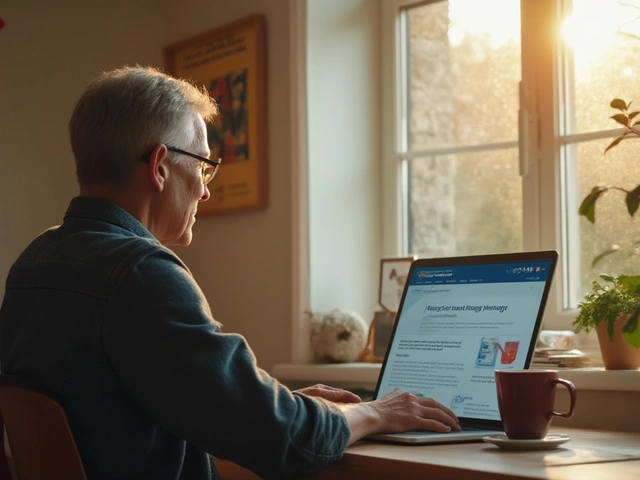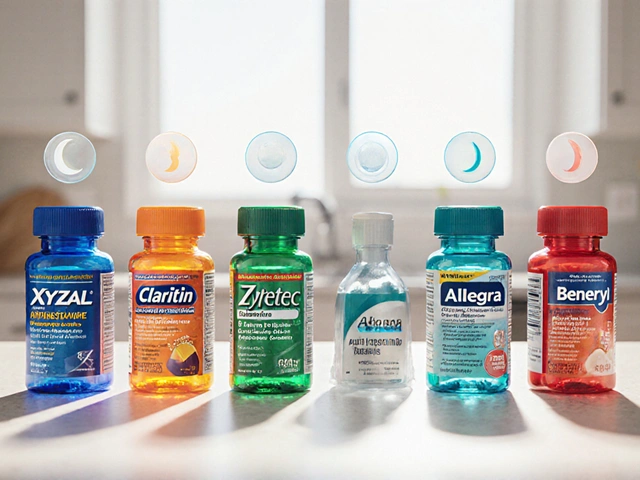Tibolone and Your Sex Life: Can It Improve Libido During Menopause?
May 21 2023Transderm Scop: What It Is, How It Works, and What You Need to Know
When you’re on a boat, in a car, or even flying, sudden dizziness and nausea can ruin the trip. That’s where Transderm Scop, a prescription skin patch that delivers scopolamine to prevent motion sickness. Also known as scopolamine patch, it’s one of the most trusted tools for stopping nausea before it starts. Unlike pills that need to be swallowed and digested, Transderm Scop works quietly through your skin, releasing medicine slowly over three days. No swallowing, no stomach upset—just steady relief.
It’s not just for vacationers. People with vertigo, post-surgery nausea, or even chemotherapy side effects sometimes use it off-label. Doctors often recommend it when other anti-nausea meds don’t cut it or cause drowsiness. The patch is placed behind the ear, where skin absorbs the drug best. It takes about 4 hours to kick in, so you need to put it on before the motion starts. Once it’s on, you’re covered for up to 72 hours. But it’s not harmless—dry mouth, blurry vision, and drowsiness are common. Some people feel confused or have trouble remembering things, especially older adults. That’s why it’s not sold over the counter.
Related to Transderm Scop are other transdermal medications, drugs delivered through the skin like nicotine patches or estrogen creams, which work on the same principle. But scopolamine is unique because it targets the brain’s nausea center directly, blocking signals from your inner ear. It’s also different from motion sickness pills, like meclizine or dimenhydrinate, which can make you sleepy and need to be taken every few hours. Transderm Scop is the set-it-and-forget-it option. But it’s not for everyone—people with glaucoma, urinary issues, or certain heart conditions should avoid it. Always talk to your doctor first.
What you’ll find below are real stories and practical guides from people who’ve used Transderm Scop—and those who’ve tried alternatives when it didn’t work. Some discovered it helped with severe morning sickness. Others switched to ginger or acupressure bands after side effects got too much. There’s advice on where to apply it right, how to avoid forgetting to remove it, and what to do if your vision gets blurry. No fluff. Just what works, what doesn’t, and what your doctor might not tell you.
 30 Oct
30 Oct
Motion Sickness Medications: Scopolamine and Sedative Interactions
Scopolamine patches are the most effective treatment for motion sickness, but they cause strong drowsiness and can become dangerous when mixed with alcohol, sedatives, or CBD. Learn how to use them safely and avoid life-threatening interactions.
Read More...




